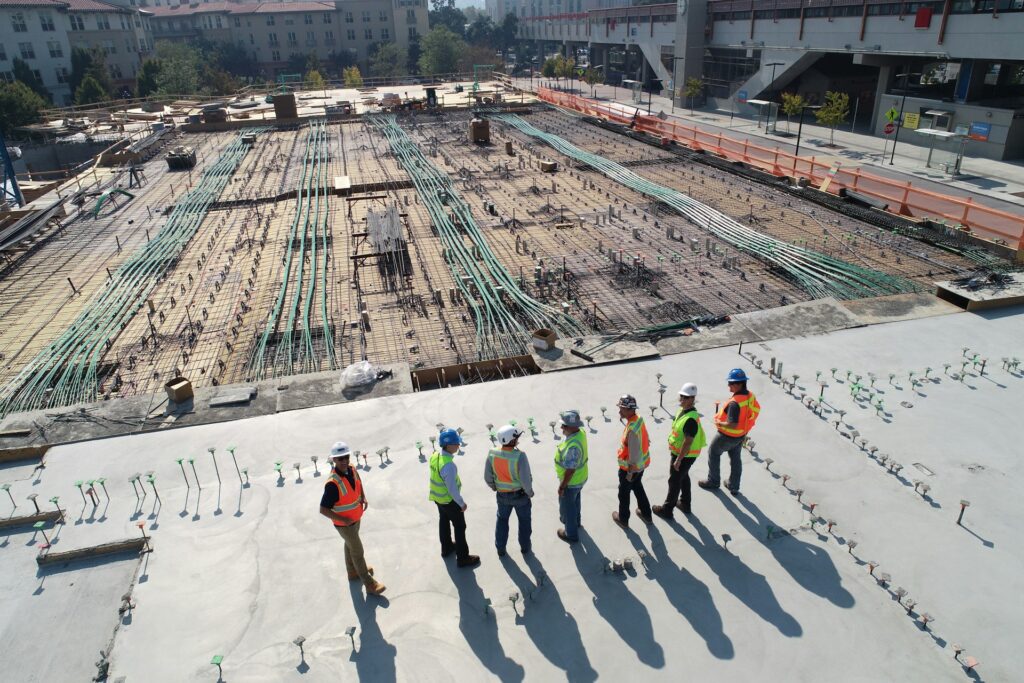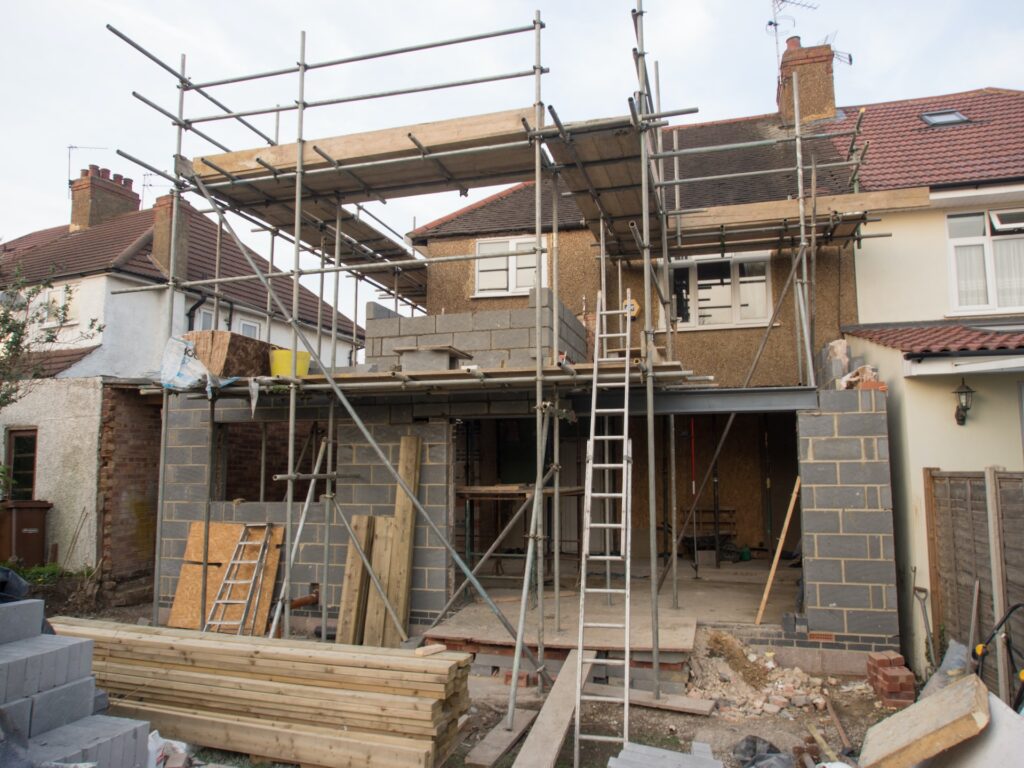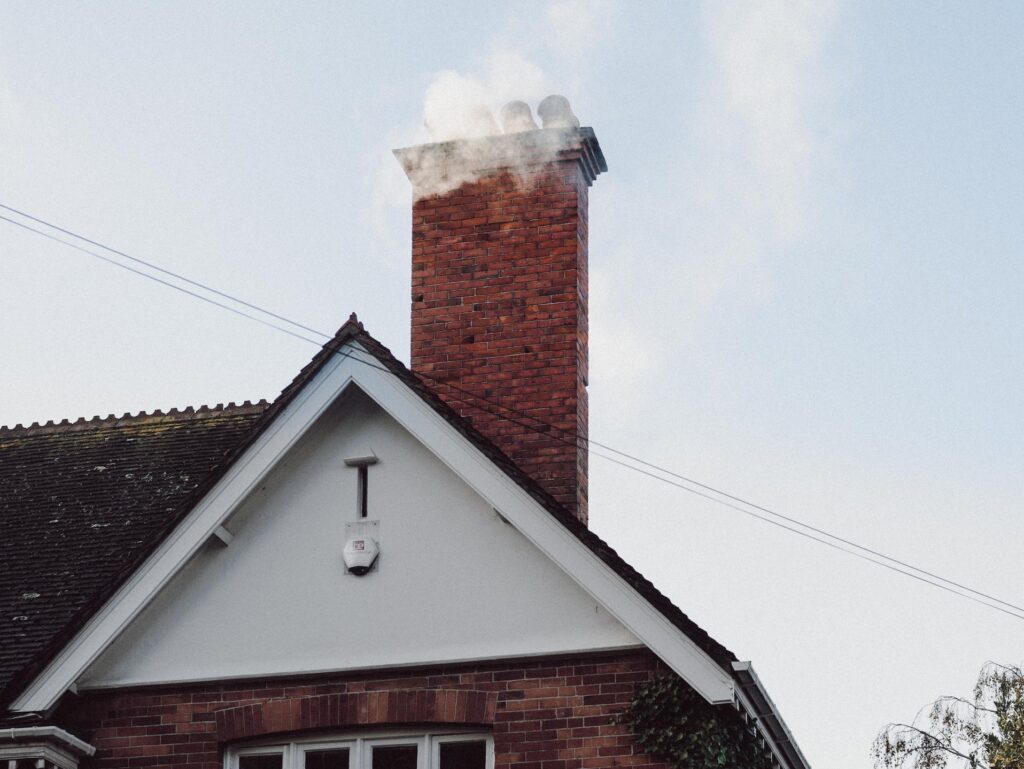
A Comprehensive Guide to Residential Structural Engineer Inspections
You can request several inspections if you’re considering selling or buying a home. While a home inspection occurs more often than other options, scheduling a residential structural inspection for the property you’re considering buying or selling is highly recommended.
Structural engineers, instead of home inspectors, perform these inspections. A residential structural engineer inspection is crucial in maintaining home safety, value, and integrity. Structural engineers have specialized knowledge that allows them to effectively identify and address underlying structural concerns that impact the building in question.
To ensure a home is structurally sound, obtaining a residential structural engineer inspection before the transaction closes is a good idea. The following guide explores residential structural inspections and engineers’ roles.

Understanding the Role of Residential Structural Engineer Inspections
Licensed and insured professional engineers perform residential structural inspections. Before scheduling one, please verify that the engineer you’re about to hire has a license. They must also have comprehensive knowledge of foundations and structures.
During this inspection, structural engineers look for issues in the quality of the structure and foundation. Their specialized experience allows them to effectively identify and address such structural concerns as sloping floors, drywall fissures, and cracks in the foundation. When engineers detect a problem, they’ll determine if it’s a structural concern. They’ll also find the source of the problem and give you a recommendation on how to fix it.
Keep in mind that older homes are rare in meeting current code requirements. A structural engineer can identify areas of the house that may need to be updated before it’s safe. Structural engineers use the International Residential Code (IRC) requirements to determine if repairs are required before the home can be sold.
Since structural engineers have ample knowledge of construction materials, building codes, and principles, they can identify if the structure can withstand environmental conditions and heavy loads. Some of the structural issues an engineer will be on the lookout for during the inspection include the following:
- Sagging beams
- Splitting posts
- Sloping floors
- Cracked rafters or joists
- Wood deterioration
- Previous repairs
They’ll also make sure the foundation is in good shape by looking for:
- Cracks in garage or basement slabs
- Water intrusion
- Previous repairs
- Settlement issues
- Bowing or tipping of the foundation walls
Importance of Residential Structural Engineer Inspections
Residential inspections are paramount because they help preserve a home’s structural integrity. If foundation issues are left unresolved, the structural damage to your home could worsen over time.
If you’re buying a home and don’t obtain a residential structural inspection, you may not detect major issues with the foundation. In this scenario, you could encounter significant safety risks and costly repairs soon after moving in.
Performing this inspection after the transaction might raise several safety concerns. For example, a deteriorating foundation can cause the building to lean or collapse. If foundation issues are not fixed soon after they occur, they might eventually lead to additional problems, including electrical hazards and water leaks.

When is a Residential Structural Engineer Inspection Required?
Several situations require a residential structural engineer inspection, including buying a new property and detecting visible structural changes. For example, if the floors are uneven or the doors are misaligned, request an inspection immediately. If you’re purchasing a property, this inspection is necessary to ensure you make a sound investment.
If you currently own a home, it’s highly recommended that you obtain regular inspections as part of your preventive maintenance routine. It’s not a good idea to wait until you notice significant signs of damage. Some foundation issues will be visible once they’ve progressed considerably. In this situation, you’ll be tasked with paying high repair bills. Regular inspections can reduce the need for costly repairs, which will save you money in the long run.
If a natural disaster has occurred recently, you can obtain a residential structural inspection to evaluate the damage and determine its extent. Floods and earthquakes can adversely impact your home’s foundation, so an inspection is needed.
Who Conducts Residential Structural Engineer Inspections?
A person must have the qualifications and expertise to perform residential structural engineer inspections. For example, only licensed engineers can conduct this type of inspection. The requirements needed to become a licensed engineer include the following:
- Complete a four-year degree in engineering
- Pass a six-hour Fundamentals of Engineering exam
- Gain four years of experience under a licensed engineer
- Pass an eight-hour Principles and Practice of Engineering exam
Because of their importance, professionals must meet strict requirements before performing foundation inspections. A structural inspection doesn’t involve an essential evaluation; it requires a meticulous examination of the structure and its foundation.
Qualified structural engineers understand the complexities of buildings and the challenges that must be overcome when assessing different foundations. These professionals can use their knowledge to identify minor signs of damage that might otherwise be difficult to detect. You must hire a licensed structural engineer if you’d like a reliable assessment of a home’s structural quality.

The Residential Structural Engineer Inspection Process
The residential structural engineer inspection process occurs in three pivotal phases.
- Preliminary Assessment: The structural engineer visually examines the structure during this process stage. They inspect the structure’s interior and exterior for signs of settling, bulging walls, and cracks. The preliminary assessment aims to find anything that indicates foundation distress.
- In-depth Investigation: The investigation is considerably more comprehensive than the preliminary assessment. It can involve numerous tests that examine the plumbing, measure the condition of the soil, and identify moisture levels. The investigation aims to find problems that might not appear during a visual inspection.
- Analysis and Report: After the in-depth investigation, the inspector will analyze the data to create an extensive report. This report will include the inspector’s findings as well as possible solutions. They provide recommendations that the property owner can consider. If you want to make an informed decision about repairing or maintaining your foundation, this report is necessary.
Understanding the Residential Structural Engineer Inspection Report
Knowing what to look for in an inspection report can help you make the right decisions when buying or selling a home. This type of report provides an in-depth summary of the engineer’s findings. It should include information about the foundation’s condition and any issues found. Recommendations for remediation should accompany every problem the engineer finds.
While these reports include everything you need to know about the home’s condition, they can be complicated. Structural engineers’ terms and descriptors can be challenging to understand. Several terms regularly used in these reports include settlement, subsidence, and efflorescence, each of which refers to the foundation’s health.
- Settlement: Engineers use this term to refer to the gradual and natural lowering of the foundation due to the underlying soil becoming compressed. If the settlement is minor, it shouldn’t adversely impact the foundation. On the other hand, severe settlement might result in an uneven foundation, which could cause significant structural damage.
- Subsidence: This term involves the unexpected or sudden sinking of the foundation. It can be caused by alterations to the soil’s moisture content. For example, a drought or nearby water leak might lead to subsidence. If you don’t address this issue immediately, it can cause extensive damage.
- Efflorescence: As for efflorescence, it’s a crystalline deposit of various salts that you might find on brick, stone, or concrete surfaces. This issue often takes place after it rains or a storm comes through. Water can leave sizable salt deposits When it moves through the materials. If the structural engineer finds efflorescence, it might indicate the presence of excess moisture, which can cause foundation problems.

Corrective Measures and Prevention Strategies
Along with detecting existing problems, residential structural inspections offer potential solutions you can request for your home. These solutions include everything from soil moisture management to crack sealing. Soil moisture management may require the installation of a better drainage system.
As a homeowner, you can implement several preventive measures to protect your foundation and reduce the risk of structural issues. These measures include maintaining proper soil conditions, scheduling regular plumbing checks, and installing modern drainage systems.
Regular inspections allow you to detect possible issues early on, making it easier to perform the necessary fixes before substantial structural damage occurs.
Conclusion
Residential structural engineer inspections are essential in safeguarding homes and investments. They go into more detail than standard home inspections and will help you determine how to fix any detected foundation or structural problems.
This inspection can give you peace of mind whether you wish to sell or buy a home. Homeowners should prioritize regular inspections for early detection and timely resolution of structural concerns.

Jason Somers, President & Founder of Crest Real Estate
With over 15 years of professional experience in the Los Angeles luxury real estate market, Jason Somers has the background, judgement and track record to provide an unparalleled level of real estate services. His widespread knowledge helps clients identify and acquire income producing properties and value-ad development opportunities.
Learn more about Jason Somers or contact us.



